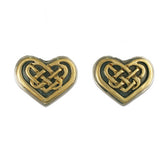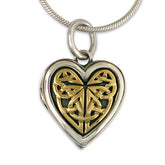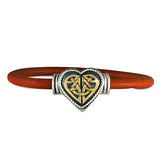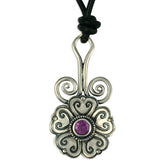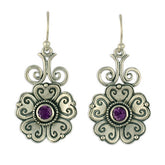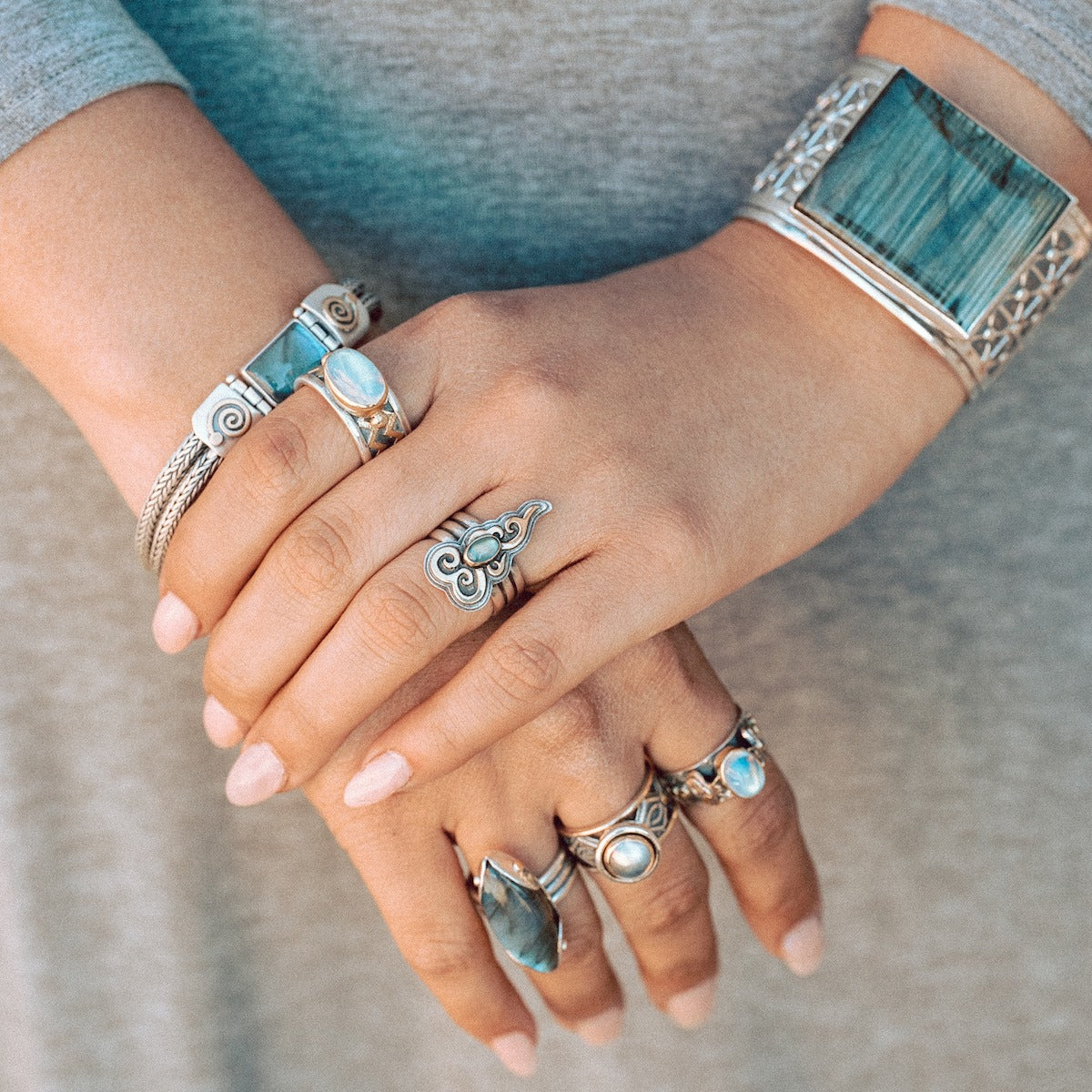Celtic Bracelets: Torques, Talismans, And Treasures
Evidence points to the evolution of Celtic bracelets from unique, ornate, and symbolically powerful items called "torques." Torques were crafted most often from silver or gold. They were perfectly circular and probably fit fairly tightly around the neck of warriors, priests, and noblewomen. As elaborate status symbols, torques were thought to contain the power to ward off the curses of enemies and maleficent sorcerers, as well as to provide protection and courage during battle. Torques symbolically represented essential aspects of a Celt's relationship to his community and the universe as a whole.
The idea of jewelry as a powerful object that contains and protects the energy of the wearer extends universally over time throughout many cultures. The quality and type of metal, whether gold, silver, iron, or bronze seems to have had significance not only to mark the social and economic class of the wearer, but also in symbolic and magical ways. Silver, long associated with the moon, was the most commonly used metal for Celtic torques and bracelets. Gold, very rare and precious in the centuries BCE, was reserved for not only the wealthiest members of society, but also the most powerful in a spiritual sense. Gold, due to its luster and color, has long been associated with the sun, and by extension, the vitality of the life force itself.
The widespread archaeological finds of torques have also provided archaeologists with evidence of how widespread Celtic culture was in much of Pre-Roman Europe. A famous example of an ancient torque resides in the Metropolitan Museum of Art. Dating from the 5th Century BCE, this item, fashioned of silver and 6 inches in diameter, is a smooth circle in part but also decorated with fascinating and mysterious designs. Elementary filigreed curves suggest a precursor to Celtic interlace work, and the balance and elegance in the arrangement of the torque's ornamentation speak of how advanced Celtic metalwork was centuries before the Roman Empire.
Torques naturally evolved to the smaller form of the cuff (i.e., open) or closed bracelet, and these bracelets sometimes were almost identical to torques in design and ornamentation. A common torque design, for example, was a simple cable of woven metal, usually silver, with gold inlay, with the only ornamentation occurring at the clasp. This is also a common Celtic bracelet design, in pieces thought to be nearly 2,500 years old. Torques were sometimes created in the style of a cuff, with an opening in the metal so it could be easily placed around the neck. Cuff-style bracelets, usually broad gold or silver bands covered with highly stylized Celtic designs, began to emerge in the late Iron and early Bronze Age.
Perhaps the most recognizable feature of Celtic bracelets is the presence on the decorated surface of the bracelet of intricate knot work and interlacing designs. Celtic knots or interlaces are one of the instantly recognizable hallmarks of Celtic jewelry. Tracing the line of one thread of most Celtic knots, for example, reveals that the thread is unbroken, returning over and over again to complete its path. The organic form of Celtic knots as revealed in bracelet patterns throughout the centuries symbolizes one's strong connection to nature and the cosmos.
Indeed, the symbolism and written language of the ancient Druid priests, called Ogham, derives from an interweaving of earthly and heavenly symbols. This language has symbols that derive directly from various kinds of trees. The abstraction of tree-symbolism into a series of horizontal and vertical straight lines provided a language that was intimately connected to the world of nature. On the other hand, dolmens, which are massive sacred, sacrificial stones, are found scattered throughout Europe as mute witnesses to the ancient predominance of Celtic culture, and are etched with spirals and circles that echo astronomical forms. These interweaving symbols, both the vegetative and cosmic designs, are expressed on the circular surfaces of bracelets. The surface itself, often a simple curve, provides a sense of movement through time, containing the designs in such a way to suggest dynamic flow within cosmic order.
Bracelets as a form of sacred adornment served to anchor, for the wearer, the order and spiritual meaning of the Celtic world. Still evocative and contemporary in appearance after more than 25 centuries, Celtic bracelets reveal the astonishing skill of ancient metalworkers, as well as modern artisans. The enduring beauty and mystery of these objects makes them pieces of great fascination, transcending the simple function of jewelry as ornamentation.
Peter Breslin
* * * * * * *
Peter Breslin is a musician, astrologer, Tarot reader, teacher and freelance writer living in Santa Fe, New Mexico. He has taught mathematics, music, writing, and literature in the course of a 20-year teaching career in Pennsylvania, New York, New Mexico, and California. Writings include a variety of pieces for publications online and otherwise. He is currently at work on a novel.

